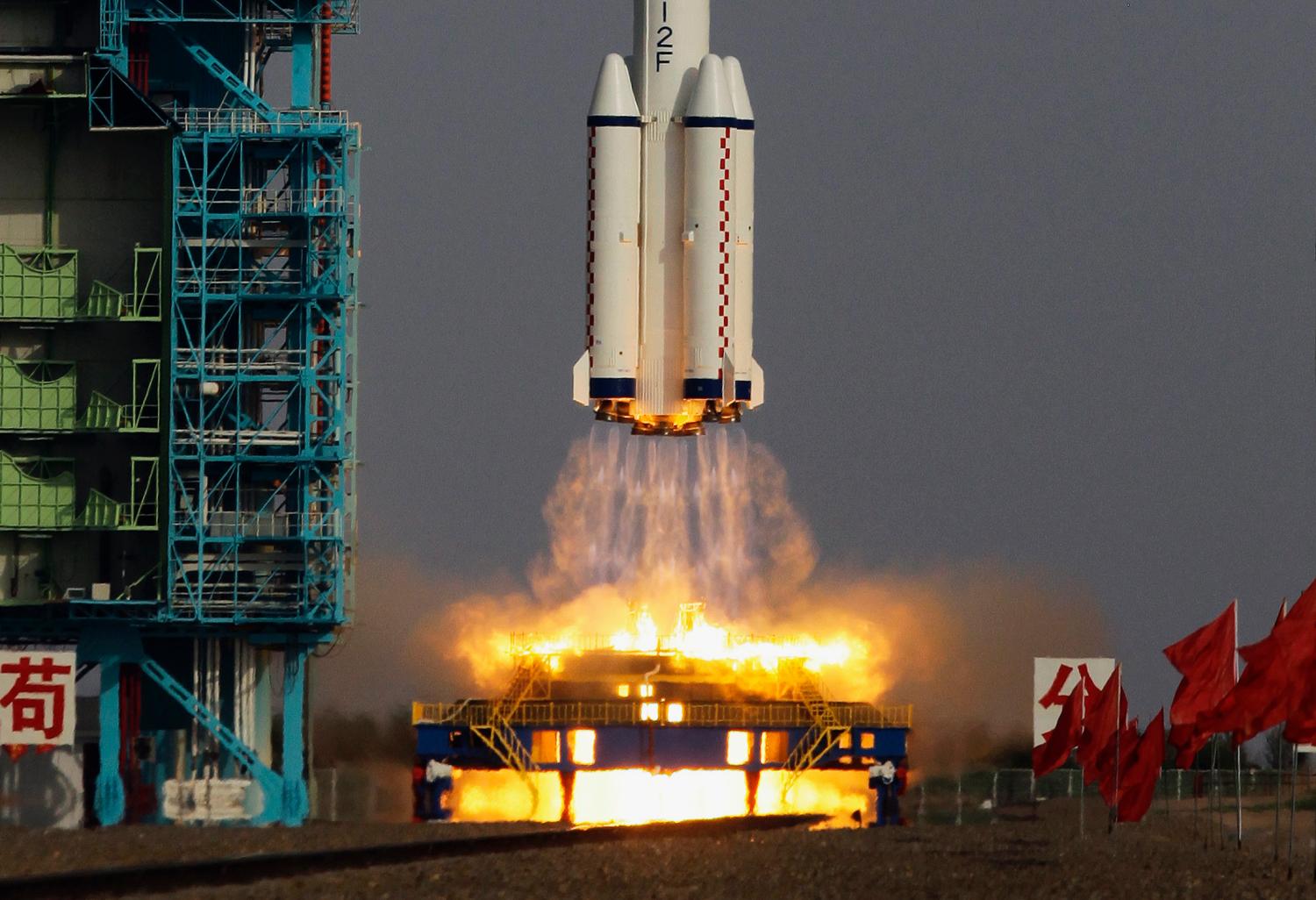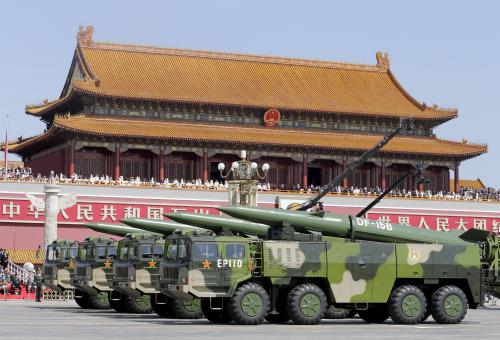Executive Summary
 Access to outer space is critical to modern everyday life on Earth. The utilization of outer space helps us warn of natural disasters, facilitate navigation and transportation globally, expand our scientific frontiers, monitor compliance with arms control treaties and agreements, provide global access to financial operations, and scores of other activities worldwide.
Access to outer space is critical to modern everyday life on Earth. The utilization of outer space helps us warn of natural disasters, facilitate navigation and transportation globally, expand our scientific frontiers, monitor compliance with arms control treaties and agreements, provide global access to financial operations, and scores of other activities worldwide.
However, today’s outer space environment is evolving rapidly, presenting the United States and the entire international community with several key challenges to the sustainability, safety, stability, and security of the outer space environment. Some of these key challenges include the growth of orbital debris, which represents an ever-increasing threat to both human and robotic space flight, the emergence of mega constellations of small satellites, and the development and deployment of anti-satellite (or ASAT) capabilities.
China’s increasing activities in outer space lie at the heart of these challenges. Over the past several decades, China has rapidly expanded its presence in outer space in both the civil and military arenas. Given the increasing role that China is playing in the space domain in the future, the United States will need to develop a strategy that deters China’s increasing ASAT capabilities, while at the same time finds ways to work with China cooperatively on sustainability and safety issues like orbital debris, space traffic management, and the rise of mega satellite constellations. Elements of such a strategy should include: enhancing deterrence and increasing resiliency against Chinese ASAT threats; reinvigorating the U.S.-China bilateral dialogue on space security issues; continuing the U.S.-China Civil Space Dialogue; developing bilateral and multilateral norms of behavior for outer space; identifying ways to cooperate with China on pragmatic civil space projects; and reviewing current congressional limitations on civil space cooperation with China.




